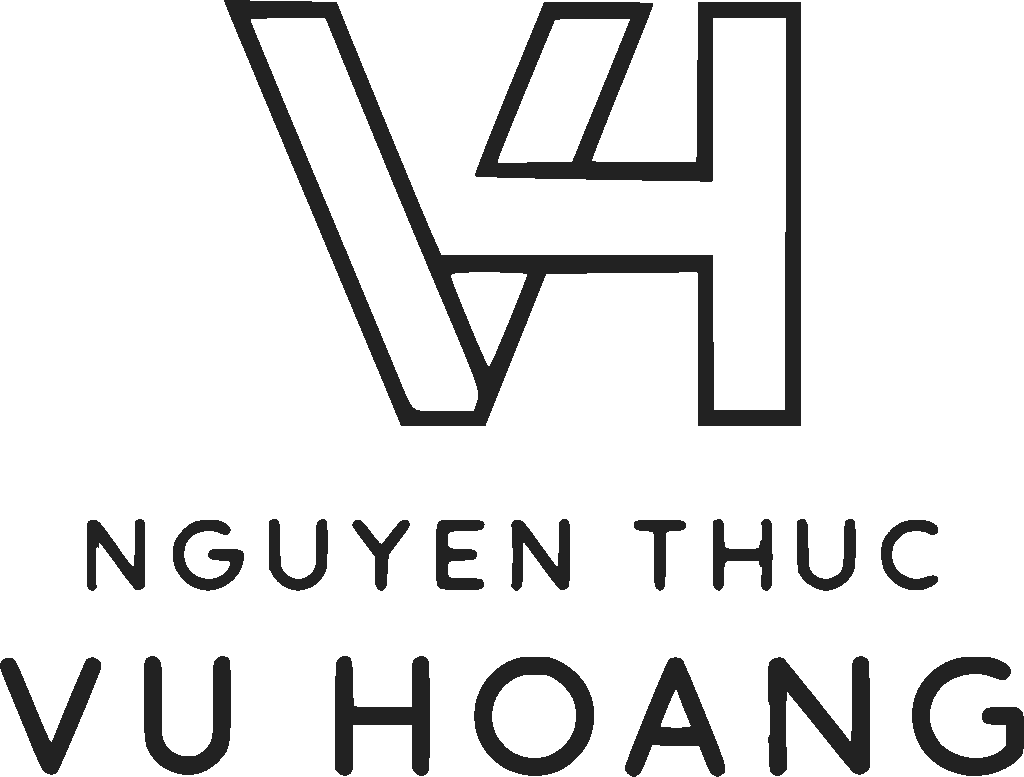Money management isn’t just about saving; it’s about making smart choices that secure your future. In 2025, with inflation, digital finance tools, and unpredictable markets shaping our lives, it’s essential to build financial habits that not only help you survive but thrive. Below are five proven strategies that can guide you toward financial independence.
Table of Contents
1. Create and Stick to a Budget
A budget is the backbone of personal finance. It’s not about limiting yourself but about giving your money a clear direction. Without a budget, it’s easy to overspend and wonder where your paycheck disappeared.
Why Budgeting Works
Budgeting works because it forces awareness. You begin to see the patterns in your spending, identify waste, and redirect money toward your priorities. For example, if you cut down on daily coffee shop visits, you could save $100–$150 a month—that’s $1,200+ a year.
Tools to Help You Budget
- Mint: Free app that syncs with your bank account.
- YNAB (You Need a Budget): Paid but highly effective.
- Simple spreadsheets: For people who prefer manual tracking.
Pro Tip: Automate Savings in Your Budget
Every budget should include “paying yourself first.” Automate a portion of your income directly into savings before you even touch it.
2. Build an Emergency Fund
Emergencies are inevitable—whether it’s medical bills, job loss, or unexpected home repairs. An emergency fund acts as your financial shield. Experts recommend saving 3–6 months of living expenses, but if that feels overwhelming, start small. Even $500 can prevent you from going into debt for minor issues.
Where to Keep Your Emergency Fund
Your emergency fund should be in a separate, liquid account—like a high-yield savings account—where it’s safe and easily accessible but not mixed with your everyday spending.
How to Start Saving
- Set up automatic transfers.
- Direct freelance/side hustle income toward the fund.
- ut one expense and redirect it into savings.
Mistake to Avoid
Don’t keep your emergency money in risky assets like stocks or crypto. The value could drop right when you need it most.
3. Reduce High-Interest Debt
Debt is one of the biggest barriers to wealth. High-interest debt—especially credit card debt—can eat away at your income faster than you can save or invest. Paying it off is like giving yourself a guaranteed return on your money.
Two Proven Debt Payoff Strategies
- Debt Avalanche (H4): Pay off the highest-interest debt first. Saves more money in the long run.
- Debt Snowball (H4): Pay off the smallest debt first to gain motivation and momentum.
Example:
If you have a $3,000 credit card balance at 22% interest, you’re losing about $660 a year just in interest charges. Paying this off is the equivalent of earning 22% risk-free on your money
Good Debt vs. Bad Debt
Not all debt is bad. A mortgage or student loan with low interest can be considered “good debt” if it builds long-term value. Credit card balances, however, should be eliminated as fast as possible.
Invest Consistently
Once your budget and emergency fund are in place, investing is the next big step. The key isn’t timing the market—it’s time in the market. Compounding only works if you stay consistent.
Best Investment Options for Beginners
- Stocks (H4): Higher risk but higher return potential.
- Index Funds & ETFs (H4): Diversification, low fees, steady long-term growth.
- Retirement Accounts (H4): Take advantage of tax benefits with IRAs, 401(k)s, or local equivalents.
Example of Compounding Growth
Investing just $500 per month in an index fund with 8% annual returns could grow to over $745,000 in 30 years. That’s the power of consistent investing.
Avoid This Mistake
Don’t pull out money during market dips. Historically, markets always recover, and those who stay invested win in the long run.
5. Diversify Your Income
Relying on one source of income is risky in today’s economy. Job loss, recession, or even AI automation can quickly cut off your main income stream. Building multiple streams of income provides both security and growth opportunities.
Types of Additional Income Sources
- Side Hustles (H4): Freelancing, consulting, or remote gigs.
- Passive Income (H4): Dividend-paying stocks, rental properties, or creating digital products.
- Online Businesses (H4): Print-on-demand stores, blogs, or YouTube channels.
Case Study Example
A full-time employee earning $50,000 per year who builds a side hustle generating $1,000/month gains an extra $12,000 yearly—enough to max out an IRA or build a strong emergency fund.
Long-Term Benefit
Multiple income streams can help you retire early, invest more aggressively, and feel less anxious about financial uncertainty.
Final Thought
Financial success is rarely the result of luck—it’s the result of habits repeated consistently over time. By budgeting wisely, building a safety net, paying off high-interest debt, investing regularly, and diversifying your income, you’ll set yourself up for stability today and wealth tomorrow.






